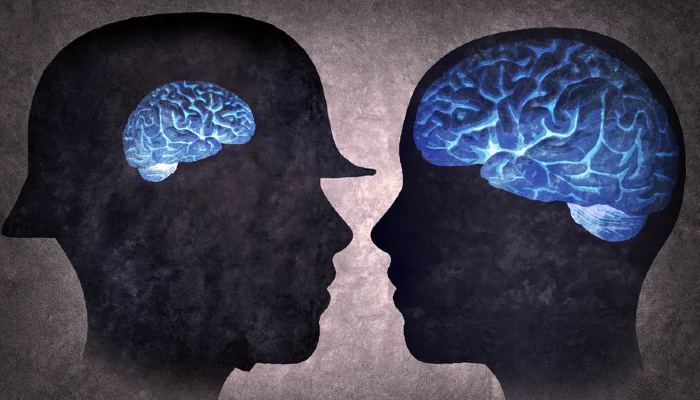
It is human’s ‘big brain’ that makes our species different from other animals.
According to BBC, modern human brains are 13% smaller than that of Homo sapiens who lived 100,000 years ago.
Human brains are gigantic as compared to animals of similar size, but over the course of the last 100,000 years, the average human brain size has shrunk.
In a recent study, a paleoanthropologist and curator emeritus with the American Museum of Natural History in New York City, Ian Tattersall, tracked the braincase volume of ancient hominins through time.
He found that the quick expansion occurred in different species at different times across Asia, Africa and Europe.
Species whose brains grew over time include Homo heidelbergensis, Homo erectus, Homo neanderthalensis, and Australopithecus afarensis.
Tattersall discovered that the skulls of today's humans are 12.7% smaller than that of Homo sapiens, who lived during the last ice age.
Tattersall explained, "We have very peculiarly shaped skulls, so early humans are very easy to recognise, and the very first ones have extremely large brains.”
He further added, "This was the time when humans began producing symbolic artefacts and engravings with meaningful geometric images.”
Tattersall noted, "It seems to me that probably our predecessors processed information in a sort of a brute-force way, and intelligence in this context scaled with brain size. So, the bigger your brain, the more you get out of it.”
He explained, “But our way of thinking is different. We deconstruct the world around us into a vocabulary of abstract symbols and reassemble those symbols to ask questions like 'What if?’”
Tattersall suggested, “This sort of symbolic thinking must have required a much more complex set of connections inside the brain than was present earlier. My suggestion is that having these extra connections allowed the brain to function in a much more energy-efficient way.”








